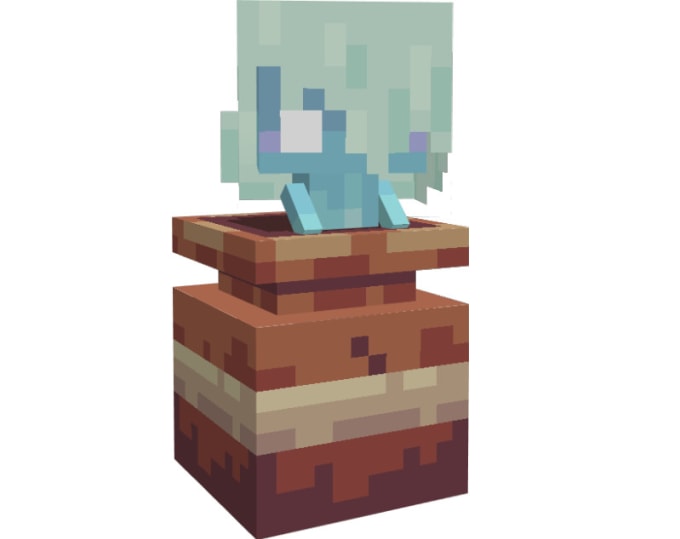

There’s no earthly reason why anything should look low-res if you render in high-res because you’re not actually using images for textures. For only 10, Romankuba300 will make to you blockbench 3d model of armor for. You can even bump the resolution up to 4K or higher if you have the time to wait for stuff to render. I don’t know 2.79 or Macs, so you might have to hunt for that. If you’re rendering out properly in a separate window and not in the viewport as you go along, there’s a setting for Output Resolution in the Output tab. Someone once told me that lighting is what makes or breaks just about any 3D scene - I haven’t come across many cases when this isn’t true.Īs far as the low-res is concerned… I have no idea what you mean by it. 8 or something, will light up whatever it’s attached to like a Christmas tree. The Emission shader, if you set the strength to, say. You could move your lights around the scene a bit. I would say that your first bet to light the gauntlet would be to play with your light setup.
#Blockbench shading how to#
Can someone give me a step-by-step tutorial on how to fix both of these problems in View2? View1 originally was blurry, but I fixed it. Another problem with the reflection is that it is reflecting off the empty space around the sword, meaning I had to move the sword into the sheath for it to not look so awkward. The Blockbench interface has been split up into many small strings for each button, label, and message. This means that if you are fluent in another language and know your way around Blockbench, you can contribute to the translation project of that language.
#Blockbench shading skin#
That’s not bad for, say, the custom sword (which was accidentally backwards in View1), but for skin it is a problem because skin does not reflect light like a mirror would. Blockbench translations are community-sourced. See, the texture is blurry, and the model reflects light. View1 works fine and isn’t blurry, but View2 has been troubling me for days. I’m not very good at making models in Blender, so I make them with BlockBench (a tool originally created for Minecraft models but has a “free model” that is not restricted), export it as OBJ, and load it into Blender at which point I resize & position it as needed. See, I’ve been trying to create renders of my Minecraft skin in different scenarios.


 0 kommentar(er)
0 kommentar(er)
